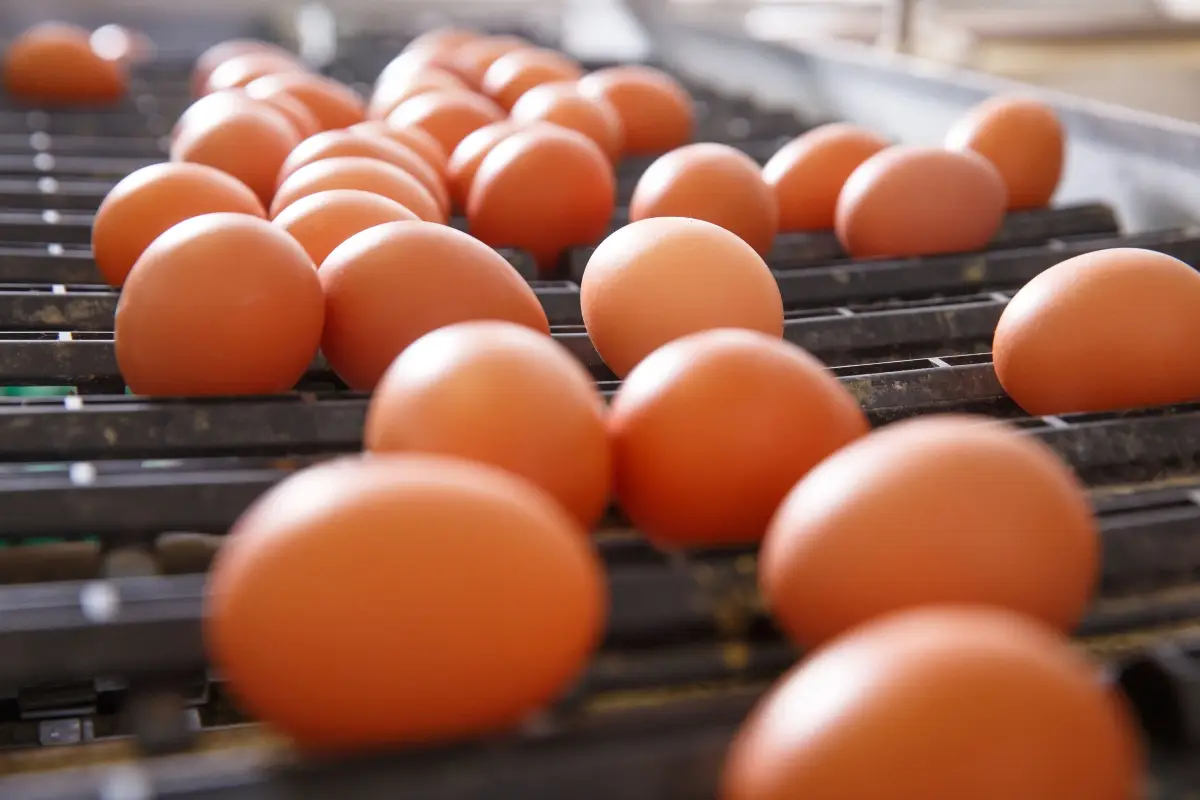
Italy: 130 million euros of eggs consumed in Holy Week
From the Ligurian "torta pasqualina" to the "piconi" from the Marche: here are the main regional recipes

Easter dedicated to eggs and not just chocolate. If spending on the typical holiday dessert promises to increase - +24% on the previous year according to Italian Codacons - do-it-yourself with hard-boiled eggs to decorate and give as gifts, traditional desserts, savory pies and omelettes is also an option to accompany the typical Easter breakfast. “An opportunity to consume a good and healthy food like eggs, always loved by Italians", says Lara Sanfrancesco, director of Unaitalia (the italian association representing national poultry production), "who during Holy Week consume around 6 per capita for a value of 130 million euros. A functional, versatile food suitable for all budgets, which offers a perfect balance between high quality proteins, vitamins and mineral salts. It is no coincidence that we always find them in the carts of Italians, who consume 227 per capita per year”.
There are many Easter traditions from the North to the South of the Peninsula: one of the most popular, especially in the central regions, is that of breakfast. The egg reigns undisputed at the table, a global icon of Easter that symbolizes life starting again in ancient cultures as in Christianity. From the Ligurian Torta Pasqualina to the Umbrian crescia, from the classic boiled egg from Lazio combined with the cheese cake up to the "piconi" and mint omelette from the Marche region, Easter is an opportunity to try your hand at a journey through the regional preparations that at the sound of the fork they break the strict fast of Lent, officially decreeing the beginning of spring.
Among the savory pies, a must on the Ligurian table is the Easter cake: thirty-three sheets of the original recipe in homage to the years of Christ, stuffed with eggs, fresh chard and ricotta. The absolute protagonist of the Umbrian breakfast is crescia with cheese: a large, soft and tasty leavened product with parmesan or pecorino, widely consumed in central Italy, whose dialect term (crescia) derives from the swelling of the dough during its processing and cooking. A typical specialty of the peasant tradition, crescia was born in medieval monasteries, as evidenced by the ancient recipe books of "La cucina delle nuns" by Tommaso Lucchetti. There were 40 eggs in the dough, symbolizing the days of Lent. In Rome and Lazio, Easter breakfast is a real ritual which has as its mainstay hard-boiled eggs - seasoned with salt, pepper and oil - accompanied by coral and savory cake. On the Marche table, however, there is no Easter breakfast without the mint omelette, a variety of wild mint typical of the Marche countryside known since the Renaissance. Inevitable on Easter tables (especially in the province of Ascoli Piceno) are the "piconi", oven-cooked ravioli filled with eggs and cheese.
Going down the country, the casatiello is unmissable with its eggs caged in cross-shaped strips of dough. The filling of the savory one is based on various cheeses, but there is no shortage of variations that also contain hard-boiled egg. Although many attribute its origin to Roman times due to its cheese base (caseus in Latin and casa in Neapolitan dialect) others attribute its temporal birth to the seventeenth century, so much so that it was mentioned in "La Gatta Cenerentola", a work by Giambattista Basile which describes the king's celebrations to find the girl who had lost her slipper.
In Sicily, forms reign with "Cuddura cull'ova", a typical dessert of the island of Orthodox origin, filled with a variable, but always odd, number of eggs in the shell, which young women used to give to their boyfriends on the day of the Resurrection . The shapes vary based on family or local tradition: they range from the "campanaru" (bell tower) to the "panarieddu" (basket) which wishes abundance, from the "gadduzzu" (cockerel or dove) for males to the "pupa" (doll ) for girls, up to the "heart" for their loved ones. A similar gift tradition is found in Sardinia, where "Coccoi pintau" - a handmade hard dough bread of different shapes - was given to the bride and groom for their wedding. The “coccoi con s'ou” (bread with an egg set in it) is a symbol of Sardinian Easter and in some places on the island the bread also acts as a “calendar”: three weeks before Easter it is made on Pisci, the fish; two weeks before it is given as a gift of su Lazzaru (Lazarus) while for Palm Sunday it is given as a gift of sa pramma (the palm), in the shape of a palm tree.
EFA News - European Food Agency